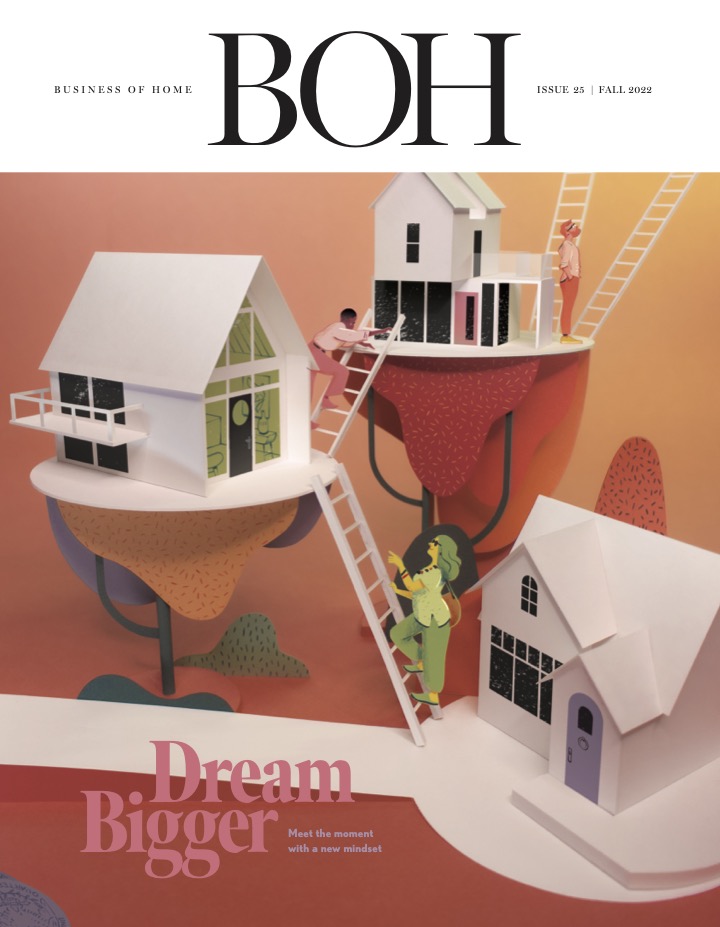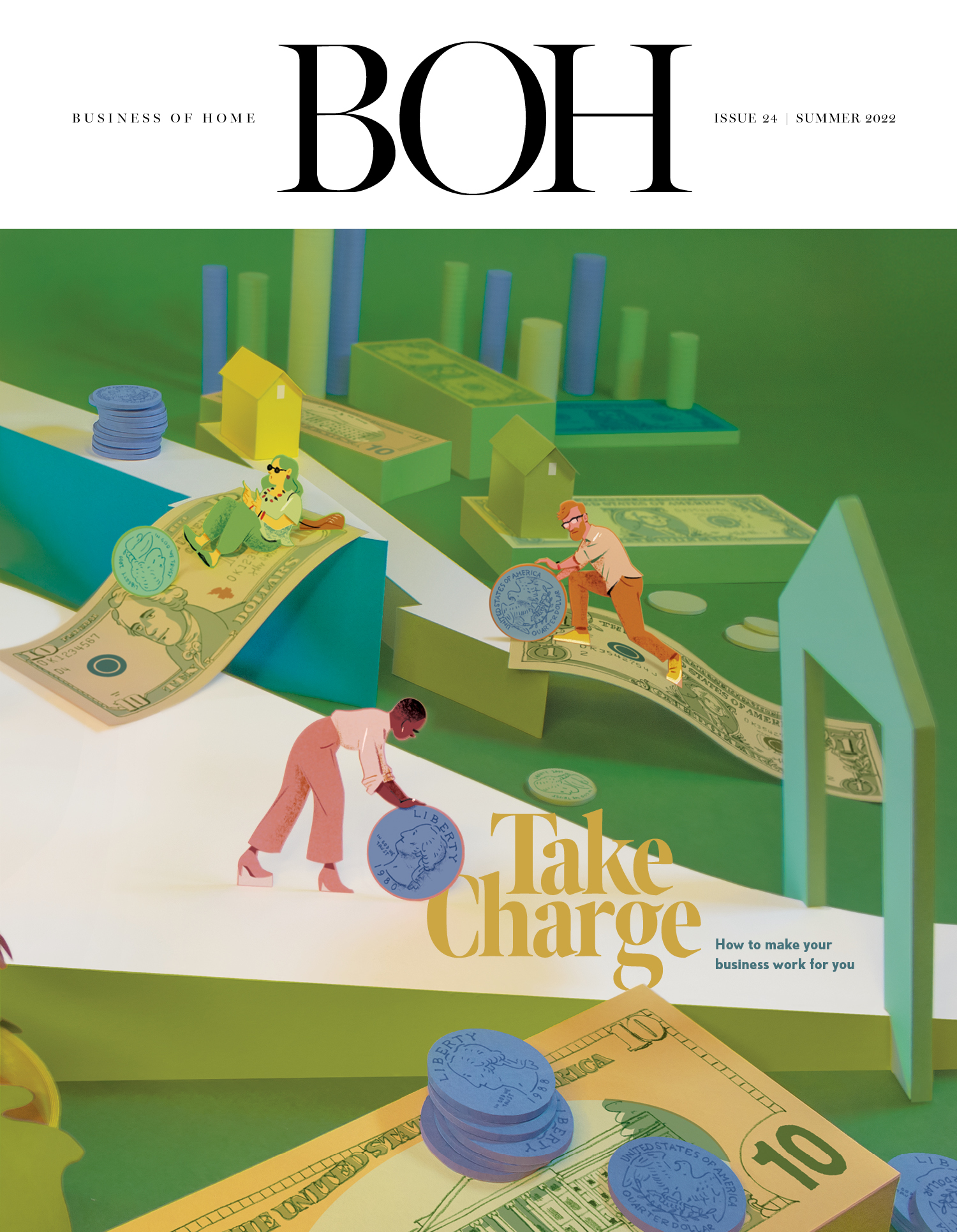The DesignSingapore Council's International Advisory Panel defined how design plays a critical role in creating a sustainable competitive advantage for Singapore. Chaired by Edmund Cheng, the panel is comprised of international design-related and business leaders from the United States, Europe, Japan and Australia.
"We have to view productivity from different perspectives to harness design in ways that add more value to businesses," said Cheng. "That value is driven by innovation, and design is a discipline that fosters innovation through knowledge and creativity."
The Panel identified key imperatives that foster a stronger link between design and outcomes. The fundamental concept revolves around the need to broaden the definition of productivity to consider behavioural economics such as the value of culture, community and diverse experiences that are unique to Singapore.
"Singapore design practices need to move from being fast followers to becoming visionary leaders," said Dick Powell, Co-founder, Seymourpowell. "One of the great challenges will be helping the sector speak the language of business. To do so, we need to support the development of capabilities that will enable designers to address effectively the needs of their clients."
Building on this theme, the Panel identified a need for the business sector to draw on non-traditional resources to enhance innovation, such as the community, through existing or new media channels and cross-sector expertise. They also emphasised that design should be recognised as part of research and development efforts to ensure that these are focused and become more commercially viable and productive.
"We need to place anthropology before technology. We need to understand how people are and make sure that the products and services are compelling to the end-user. To do so, we need to expose decision-makers to creative processes outside of their usual environments, injecting a broader bandwidth of knowledge and creativity," said Richard Seymour, Co-founder, Seymourpowell. "Mediocre ideas become commoditised rapidly. This exposure will create an environment that could bring the brilliant idea back."
By broadening the definition of productivity, greater value will be created. This creates a common vocabulary between the design sector and the wider business community as it considers the end users' behaviours, needs, wants and desires.
"There is an opportunity for the business sector to become increasingly agile and flexible by embracing design as a catalyst for innovation. The collective brain of Singapore's diverse, creative community represents a hothouse of social intelligence that could be better streamed into commercial and business intelligence," explained Hael Kobayashi, Digital Entertainment Executive, and Member of the Jury and Senior Advisor, INDEX:Award.
Toshiyuki Kita, Product Designer, Studio Toshiyuki KITA, observed that "Singapore can seize the opportunity to create a new vision for socio-economic success by enhancing the definition of productivity, enabled by design because of Singapore's unique characteristics as a small country that has already mastered the ability to create mutual connection between diverse interests and heritage. A mutual understanding between design, business and government can create a significant shift for productivity in Singapore. "
With this framework established, the Panel recommended specific triggers that Singapore can adopt to catalyse innovation as a resource for government and business.
The IAP proposed a national innovation programme with the overall goal of championing new value creation through design. Some of the initiatives proposed included:
TenVisions: A programme that takes internationally experienced professionals in business and design, placing them in 10 Singapore businesses to mentor and shape the organisations to turn them into 21st century businesses. Also, it makes the innovation experience more accessible and understandable through a television programme. The programme brings diverse brains together to identify user needs, behaviours as well as discover new problems and solutions in real-life business situations
Design exposure and immersion for key decision-makers: An immersion programme for public and private sector decision-makers, exposing them to different creative processes and rationale that help galvanise their businesses by giving them a better understanding of their stakeholder environment. The decision-makers would have the opportunity to collaborate with like-minded organisations to enable the development of new opportunities across the group
"Know thyself" analysis: Develop a mentor-led training programme for enterprises to have greater clarity on their potential as well as their limitations. This will enable them to optimise their capabilities and resources.
Post-graduate design education: Trans-disciplinary design education and broader programmes in Singapore to address the need for greater depth in design skill, knowledge and user empathy.
Paola Antonelli, Senior Curator, The Museum of Modern Art, New York, explained, "Design humanises and finds expression for Science and Technology. Design enables us to reframe the problems and with a clear understanding of what people need, we are then able to work on the solutions."
As an outcome of the meeting, in line with the government's national effort to boost skills and enterprise productivity, DesignSingapore will review these recommendations in further depth.






















